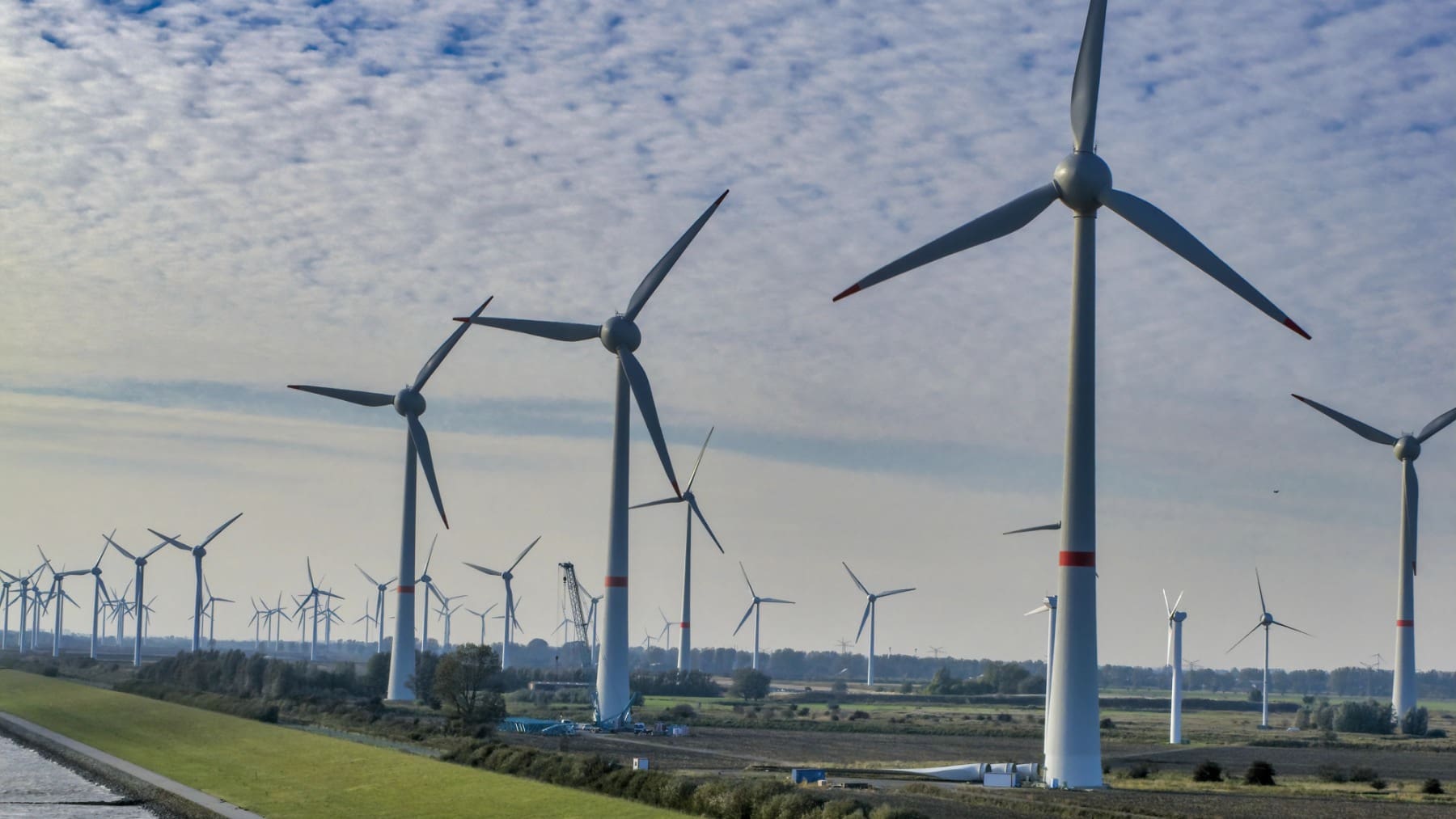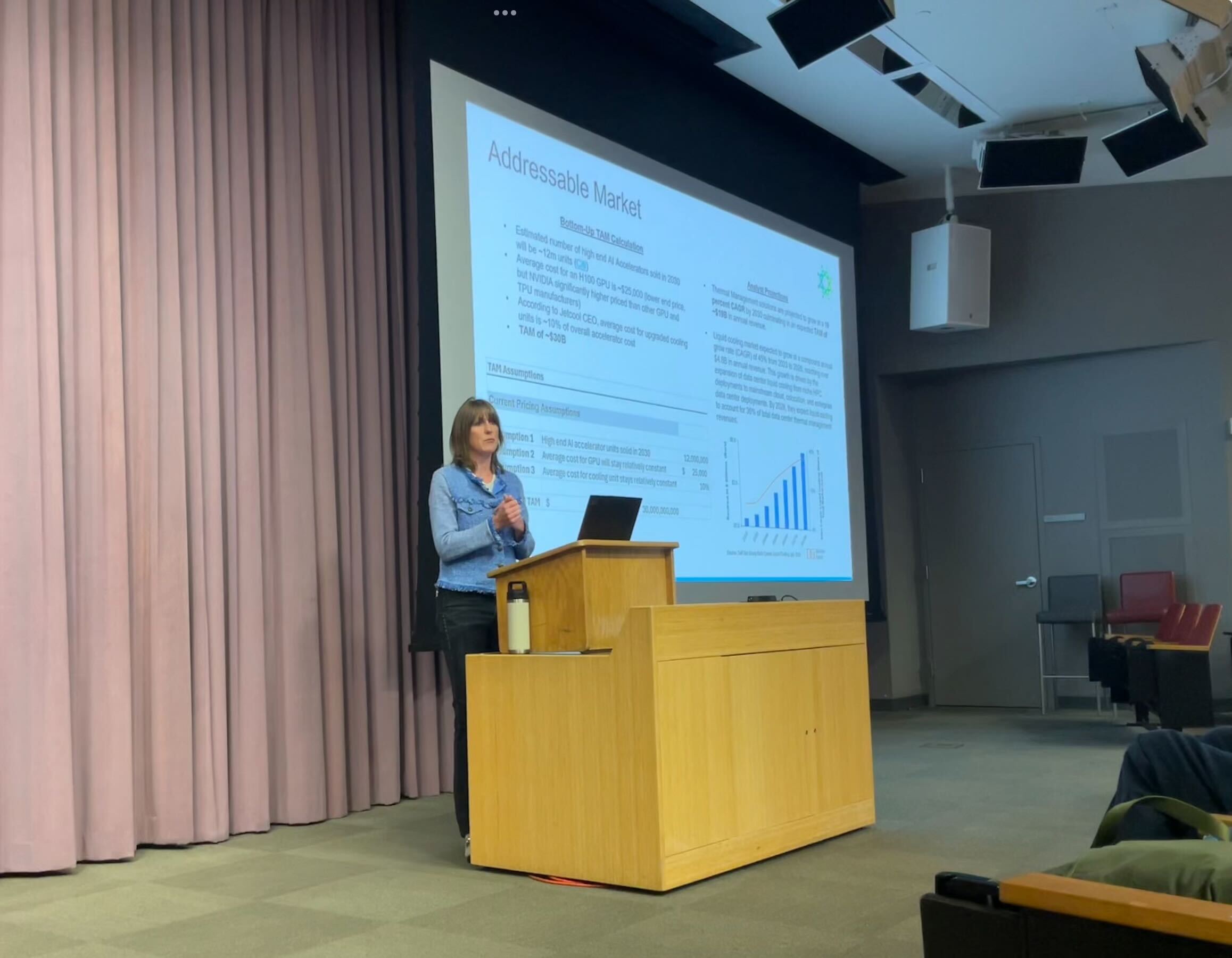Nordex secures 123 MW turbine orders from DenkerWulf in Germany – Energies Media

Report on German Wind Energy Expansion and its Contribution to Sustainable Development Goals
A significant development in the European renewable energy sector highlights Germany’s commitment to the Sustainable Development Goals (SDGs). The Nordex Group has secured a substantial turbine order from Denker & Wulf AG, signaling a strategic move to enhance clean energy infrastructure and advance climate action objectives.
Project Overview and Alignment with SDG 7 and SDG 9
The recent procurement agreement is a critical step towards achieving SDG 7 (Affordable and Clean Energy) and SDG 9 (Industry, Innovation, and Infrastructure). The order will increase Germany’s renewable energy generation capacity, contributing to a more sustainable and resilient energy grid.
- Total Capacity: 122.7 MW
- Number of Turbines: 25
- Project Developer: Denker & Wulf AG
- Turbine Manufacturer: Nordex Group
The new turbines will be installed across three wind farm projects in Germany’s Schleswig-Holstein region:
- The Galmsbüll Bahrenhof wind farm
- The Galmsbüll Park wind farm
- The Padenstedt wind farm
This expansion of wind power infrastructure directly supports the transition to modern, sustainable energy systems as outlined in SDG 7.
Fostering Economic Growth and Partnerships for the Goals (SDG 8 & SDG 17)
The agreement extends beyond equipment supply, incorporating a long-term service contract that underscores a commitment to sustainable economic development.
- Service Contract: Nordex will maintain all 25 turbines under a premium service contract for a 20-year period.
This long-term commitment ensures operational efficiency and contributes to SDG 8 (Decent Work and Economic Growth) by securing skilled employment in the green energy sector for two decades. The successful collaboration between Denker & Wulf and Nordex, which has already resulted in over 500 MW of commissioned projects, serves as a model for SDG 17 (Partnerships for the Goals), demonstrating how public-private partnerships can accelerate the energy transition.
Advancing Climate Action and European Energy Security (SDG 13)
This expansion of wind power is a direct response to the urgent need for climate action as mandated by SDG 13. By increasing its reliance on wind energy, Germany is actively working to meet its clean energy targets under the Paris Agreement and European Union directives. Furthermore, the initiative is strategically important for enhancing regional energy security, reducing dependence on volatile international energy markets and fossil fuel imports.
Global Context: A Divergence in Progress Towards SDGs
The proactive measures taken by Germany and other European nations to expand wind power capacity stand in contrast to the slower progress in other parts of the world, such as the United States, where permitting challenges have reportedly hindered the sector’s growth. Europe’s focused investment in renewables demonstrates a clear and decisive path towards achieving the Sustainable Development Goals, positioning wind power as a dominant force in the future energy market and a cornerstone of its climate strategy.
Analysis of Sustainable Development Goals in the Article
1. Which SDGs are addressed or connected to the issues highlighted in the article?
-
SDG 7: Affordable and Clean Energy
This is the most prominent SDG in the article. The entire text focuses on the expansion of clean energy through wind power. The article highlights Germany’s investment in the renewable energy sector, specifically mentioning the “123 MW turbine order” and the goal to “advance the energy transition.” This directly relates to ensuring access to affordable, reliable, sustainable, and modern energy.
-
SDG 13: Climate Action
The article explicitly connects Germany’s actions to global climate goals. It states that the investment in the renewable energy sector is intended to “meet its clean energy targets agreed upon at the Paris summit.” This demonstrates a direct effort to combat climate change and its impacts by shifting away from fossil fuels.
-
SDG 9: Industry, Innovation, and Infrastructure
The article discusses the construction of new, resilient infrastructure through the development of three new wind farms. It also highlights innovation by mentioning the use of “state-of-the-art wind turbines manufactured by the Nordex Group.” This investment in modern, sustainable energy infrastructure is a core component of SDG 9.
-
SDG 17: Partnerships for the Goals
The success of the project described in the article is built on a partnership between the turbine manufacturer, Nordex, and the project developer, DenkerWulf. The quotes from Thomas Behrendt emphasize this “close and flexible partnership” and the commitment to “continuing this successful partnership” to advance shared goals, which is the essence of SDG 17.
2. What specific targets under those SDGs can be identified based on the article’s content?
-
Target 7.2: Increase the share of renewable energy
The article directly addresses this target by detailing a significant increase in Germany’s renewable energy capacity. The “order consists of 25 wind turbines with a combined capacity of 122.7 MW,” which substantially increases the share of wind power in the region’s energy mix.
-
Target 13.2: Integrate climate change measures into national policies
Germany’s investment is presented as a direct implementation of its national strategy to fight climate change. The article notes that the nation is “fostering investment in the renewable energy sector to meet its clean energy targets agreed upon at the Paris summit,” showing the integration of climate action into national energy and economic planning.
-
Target 9.4: Upgrade infrastructure and retrofit industries for sustainability
The development of three new wind farms (Galmsbüll Bahrenhof, Galmsbüll Park, and Padenstedt) using “state-of-the-art wind turbines” is a clear example of upgrading energy infrastructure with clean and environmentally sound technologies to make it more sustainable.
-
Target 17.17: Encourage effective public-private and civil society partnerships
The collaboration between Nordex and DenkerWulf, described as a “successful partnership,” exemplifies the type of private-sector partnership needed to achieve sustainable development goals. The long-term nature of this collaboration is underscored by the “premium service contract for 20 years.”
3. Are there any indicators mentioned or implied in the article that can be used to measure progress towards the identified targets?
-
Indicator for Target 7.2: Installed renewable energy capacity
The article provides a precise quantitative indicator for progress. The “123 MW turbine order” and the “combined capacity of 122.7 MW” are direct measurements of the increase in renewable electricity-generating capacity.
-
Indicator for Target 13.2: Adoption and implementation of national policies
The article implies progress through the concrete action of securing the turbine order. This action serves as a qualitative indicator that Germany is actively implementing its national strategies and policies aligned with the Paris Agreement and “the EU’s requirements for clean energy production.”
-
Indicator for Target 9.4: Investment in clean technology
The financial commitment to purchase “25 wind turbines” and develop three wind farms serves as an indicator of investment in clean technology and sustainable infrastructure. The “premium service contract for 20 years” further indicates a long-term investment in this sustainable industry.
-
Indicator for Target 17.17: Number and value of partnerships
The article describes a specific partnership between two major companies in the wind sector. The scale of the partnership is indicated by the size of the order (123 MW) and the duration of the service contract (20 years), which can be used as a measure of the partnership’s significance.
4. Summary Table of SDGs, Targets, and Indicators
| SDGs | Targets | Indicators |
|---|---|---|
| SDG 7: Affordable and Clean Energy | Target 7.2: By 2030, increase substantially the share of renewable energy in the global energy mix. | Increase in renewable energy generating capacity, specifically the “123 MW turbine order” mentioned in the article. |
| SDG 13: Climate Action | Target 13.2: Integrate climate change measures into national policies, strategies and planning. | Implementation of national policy, demonstrated by the investment made to “meet its clean energy targets agreed upon at the Paris summit.” |
| SDG 9: Industry, Innovation, and Infrastructure | Target 9.4: By 2030, upgrade infrastructure and retrofit industries to make them sustainable… with greater adoption of clean and environmentally sound technologies. | Investment in and construction of new sustainable infrastructure (three wind farms) using “state-of-the-art wind turbines.” |
| SDG 17: Partnerships for the Goals | Target 17.17: Encourage and promote effective public, public-private and civil society partnerships. | The existence and scale of the private-sector partnership between Nordex and DenkerWulf, including a “premium service contract for 20 years.” |
Source: energiesmedia.com
What is Your Reaction?
 Like
0
Like
0
 Dislike
0
Dislike
0
 Love
0
Love
0
 Funny
0
Funny
0
 Angry
0
Angry
0
 Sad
0
Sad
0
 Wow
0
Wow
0




















































.jpg.webp?itok=0ZsAnae9#)


























